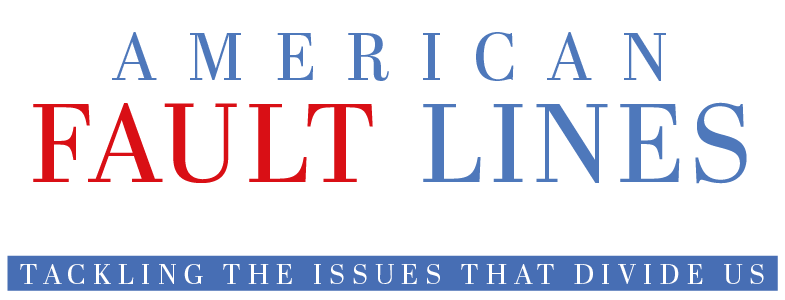Internet.com (Feb. 21, 2001)
Streaming media companies can expect more advertising dollars from more advertising agencies this year. That's the conclusion of a new Yankee Group survey of 100 ad agencies.
Sixty-five percent of agencies responding said they are likely to recommend that their clients buy streaming media advertising in the next 12 months, and more than half expect to increase their streaming media spend.
"That's the biggest piece of news. One of the things we were curious to find out about was when advertising dollars would begin streaming into this marketplace," says Ed Hardy, CEO of Measurecast, a third-party audience tracking firm that commissioned the study.
"There's an awful lot of awareness and excitement but translating that into an actual buy is probably one of the biggest challenges," adds the Yankee Group's Laura Mitrovich.
Skepticism still runs deep at many agencies and executives say the rosy spending forecasts contained in the report need to be taken in context.
"Most advertising agencies are probably spending one or two percent of their online budgets on streaming media, so if I'm working from that base, it's pretty hard to go down," says Adam Gerber, vice president of direct media strategy at The Digital Edge, an integrated media agency. "From an advertising perspective, we're three to five years away from streamed media being any kind of substantial portion of the general online marketplace."
Changing the diapers
Gerber uses the word "infancy" to describe the state of the streaming advertising market. It's a word echoed by many of his colleagues.
"Streaming media advertising is still in its infancy," agrees Kane Mosteller, president of Boston's BlackSheep Marketing. "We've got a lot further to go in terms of capabilities and finding the lowest common denominator to make the medium work to its fullest potential."
That lowest common denominator involves the conflicting -- and ever-changing -- technologies that drive the streaming industry, from RealPlayer and Windows Media Player in their various incarnations to the new kids on the block.
"I have companies in here pitching new technologies every day," says Mark Stephens, director of media services at digital marketing agency Lot21. "There's a gold rush to have video on the net just because it makes it much more broadcast-like, and I've seen some really interesting applications and some gratuitous use where it just doesn't make sense."
Mosteller says the tech war to win the hearts and minds of the ad industry puts pressure on consumers.
"We're asking the audience to do an awful lot on their end just to see an ad," he observes. "Most people don't download shareware or freeware until they have to. We need streaming media to get to a point just like television: You just sit there and watch it."
Back to basics
But on the up-side, agency executives say, is the increasing understanding among clients that advertising is not just about clickthroughs.
"In the beginning, we noticed really high clickthrough rates for streaming media, but as we used it more and more, clickthrough rates began declining," says Jason Kuperman, director of interactive strategy at Chiat Day. "We've come to realize that we're communicating so much information in rich media that chlickthroughs aren't as needed.
"It brings us full circle in that we're back to the original model of advertising -- brand exposure," he continues, "but the targeting aspect is far greater -- being able to tell how long someone has looked at it, who it's been forwarded to."
Not surprisingly, the Yankee Group survey confirmed that seven out of ten respondents viewed detailed demographic data as crucial to getting clients to buy streaming media advertising.
"Certain clients are much more comfortable with the dramatic and emotionally provoking influence of rich media -- goals that are similar to the advertising they are used to seeing in other media," says Kuperman. "When a client appreciates the value of rich media beyond accountability, then accountability is a bonus layer to them they can really enjoy."
The price of excitement
The potential "drama" of rich media also has many ad industry creative types excited, but sobered at the same time, as they recognize that just slapping existing radio and TV spots onto the web usually doesn't work. Problems include everything from wide shots getting lost on the tiny screen, to conflicts over actors' fees, to the difference in how the call to action should be structured in an interactive medium.
"Internet providers need to help agencies that specialize in more traditional media make their spots adaptable and applicable to the interactive space," says Stephens of Lot21.
Measurecast's Hardy says that need for education was driven home by the fact that over half those surveyed by the Yankee Group said streaming media advertising is too expensive.
"That was an eye-opener," he observes. "Especially when you consider that in any nascent-stage business, the best opportunity cost-wise is to invest early. It's more evidence that we -- and the [Internet] broadcasters themselves need to get out there and educate."
"The biggest concern is definitely evangelizing the benefits of the industry and showing ad agencies, 'Here's a great new advertising medium and you need to learn about it so you can teach your clients," says the Yankee Group's Mitrovich.
Measurecast's Hardy is optimistic that can be done, but he's also not running to the bank quite yet.
"The results are all positive things in terms of dollars starting to move into the space," he says. "It does accelerate things a bit in my mind, but I certainly don't think it means streaming advertising is going to grow exponentially faster than we thought."


